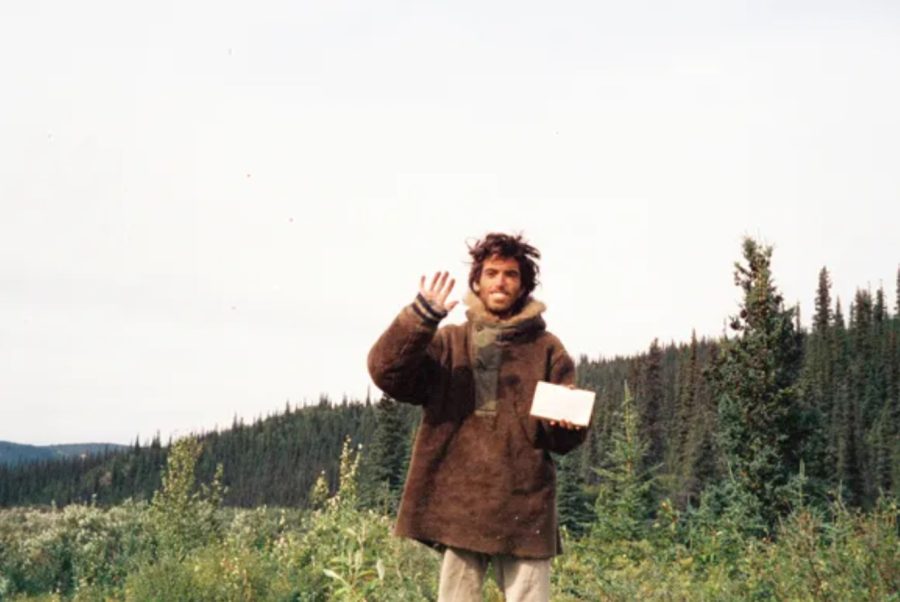If anyone is asked what year it is, they would probably answer “2017.” But our history as humans goes much farther back than the year 0. Humans have existed for millions of years, and we have been making major achievements for thousands. What if we were to make a new calendar to accurately depict the length of our history? If so, where would we place to 0?
“Kurzgesagt – In a Nutshell,” a YouTube channel run by a small group of people dedicated to producing educational “content that has value and that people actually notice and remember,” brought up this idea in a video titled “A New History for Humanity – The Human Era.” However, it has been an idea for over 20 years before this video was released. In 1993, scientist Cesare Emiliani proposed an idea of a new calendar – one that places its first year at the beginning of what he calls the “Human Era,” where we started building our world to suit our needs on top of the existing one, when we turned from hunter-gatherers to farmers. But what event marks the beginning of this “Human Era?”

About 12,000 years ago, hundreds of hunter-gatherers came together in the hills of Anatolia, or the area we call Turkey today, and started the world’s first construction project. Göbekli Tepe, which means “Potbelly Hill” in Turkish, was a temple made with circles of huge stone pillars, each being up to six meters tall and weighing approximately twenty tons. They were decorated with carvings of pictograms, some resembling animals and others mythical creatures. These early humans had only wood and stone tools, and knew nothing about metalworking or agriculture. To this day, we have no idea how they built this. It is believed to have been a temple dedicated to long-forgotten gods, but the one thing we know for sure is that this temple was the first of its kind.
From there, humans made huge progress that we seemingly ignore with the Gregorian calendar. It makes our history seem much shorter than it actually is. Thinking about it with this Holocene calendar, 2,000 years is just a sliver of our actual history. So, next time you look at your calendar, consider changing that year to 12,017. Don’t underestimate the extent of human history.






